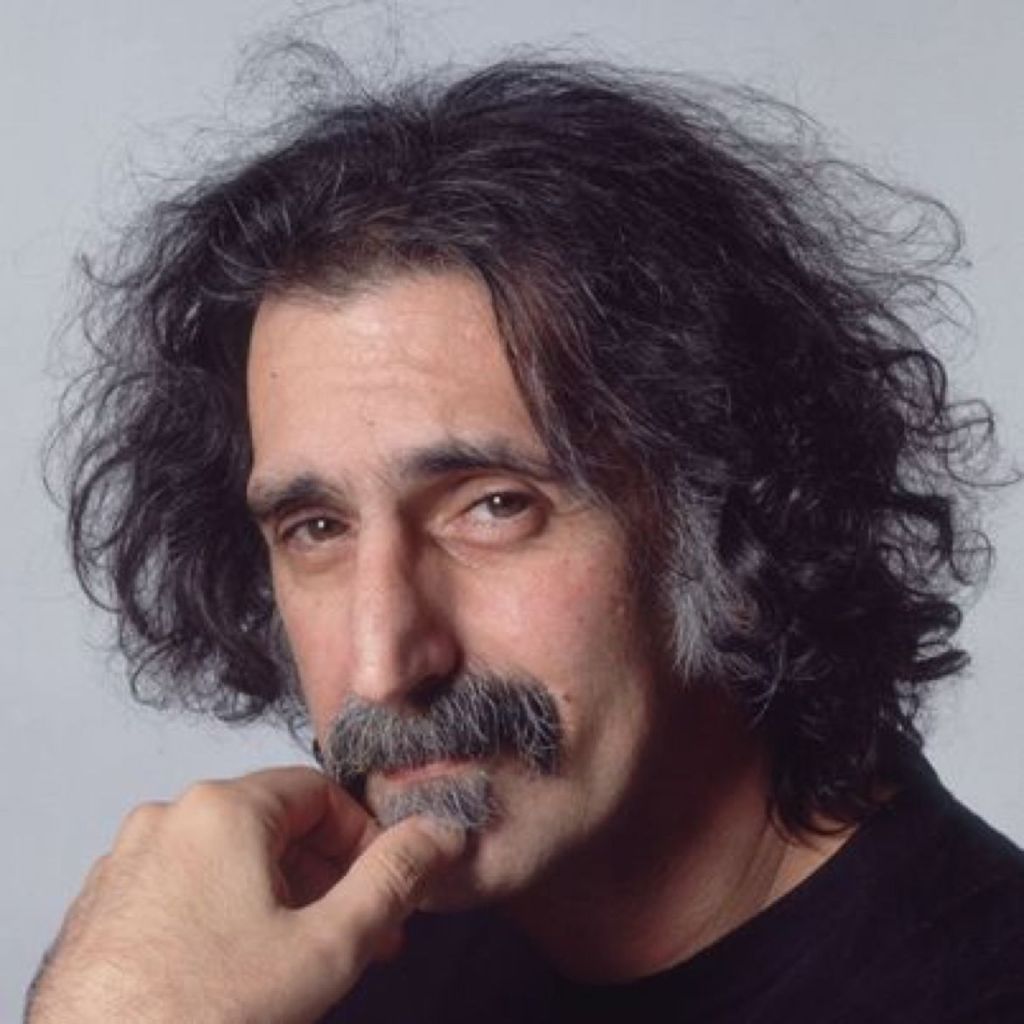Ezra Sturm & Ernesto Diaz-Infante — The Escape (Muteant Sounds, 2024)
Ernesto Diaz-Infante was one of my earliest encounters on the Bay Area music scene. I remember receiving his music at KZSU — contemplative solo piano albums like Itz’at initially, then guitar explorations like Wires and Wooden Boxes. (Follow those links to find them on Bandcamp.) He’s worked in groups often enough, but in my mind, his name ties to mostly solo work, especially long-form guitar explorations, sometimes soothing, sometimes rumbling.
Lately he’s performed in a duo with his son, Ezra Sturm. I’ve gotten to enjoy their live performances twice this year, and they’ve collaborated on an album, The Escape, featuring Sturm on electric guitar and Diaz-Infante mostly on acoustic.
A standard mode of conversation for them is for Diaz-Infante to create a percussive field — rapid picking or a hard-clipped strumming — against slower, fuzzed-out blasts from Sturm. They work within a language of sour tones, both electric and acoustic. Their improvisations often build a tangible rhythm, and they are not above riding the occasional groove. “Tears Before Chaos” opens with an electric guitar blare like a slow alarm, backing fodder for Diaz-Infante’s acoustic rustlings that spike into hyperkinetic mode, but it ends with Diaz-Infante strumming a cycle of chords with Sturm’s fuzzed-out electric joining in.
The closing track, “When the Clock Hits Midnight,” is another beast entirely, based on steady synth arpeggios against an atonal electric-guitar chime. Marjorie Sturm’s flute, subtly nestled against the synth sounds, alternates between sublime and ominous. The piece is dark on the surface, but by the end, it’s got a spring in its step.
In March, I got to see Sturm and Diaz-Infante play a long-form improvisation at the Luggage Store Gallery, both on electric guitars. They opened a strong program that also included Pet the Tiger and the quartet of Darren Johnston (trumpet), Christina Braun (movement), Ivy Woods (double bass), and Rent Romus (sax).
Before that, Diaz-Infante and Sturm appeared on KZSU’s Day of Noise 2024, again both on electric. They were in an especially exploratory mood, wandering into ethereal territory that showed they continue finding new ground, six months after having recorded The Escape. We streamed Day of Noise to the KZSUlive channel on YouTube, meaning you can experience that performance right now.
Diaz-Infante is having a prolific year. Amor Celestial and For Jim Ryan both feature pairs of long-form works, the latter album having been performed in honor of the late saxophonist Jim Ryan. I’m hoping to write more about Jim (and that tribute album) soon.
















